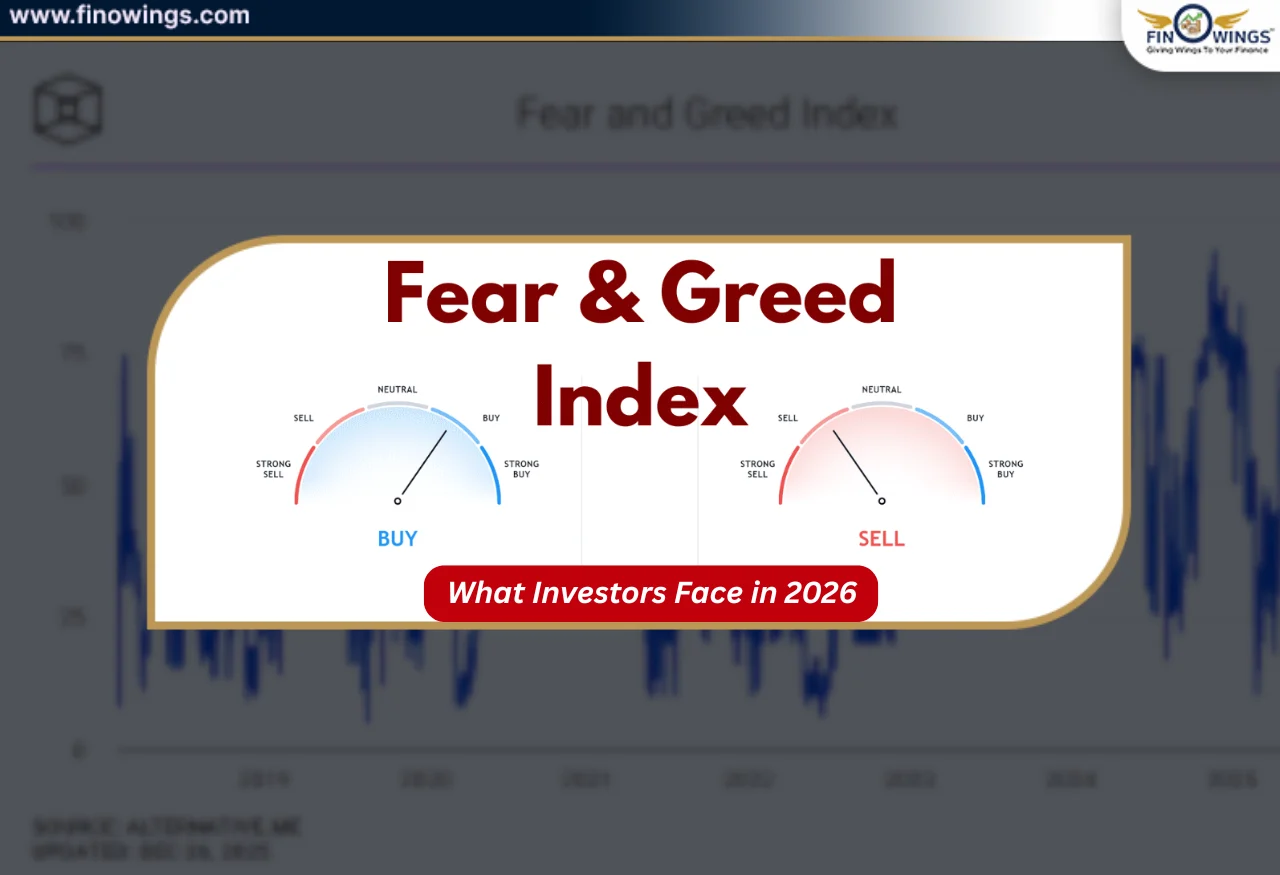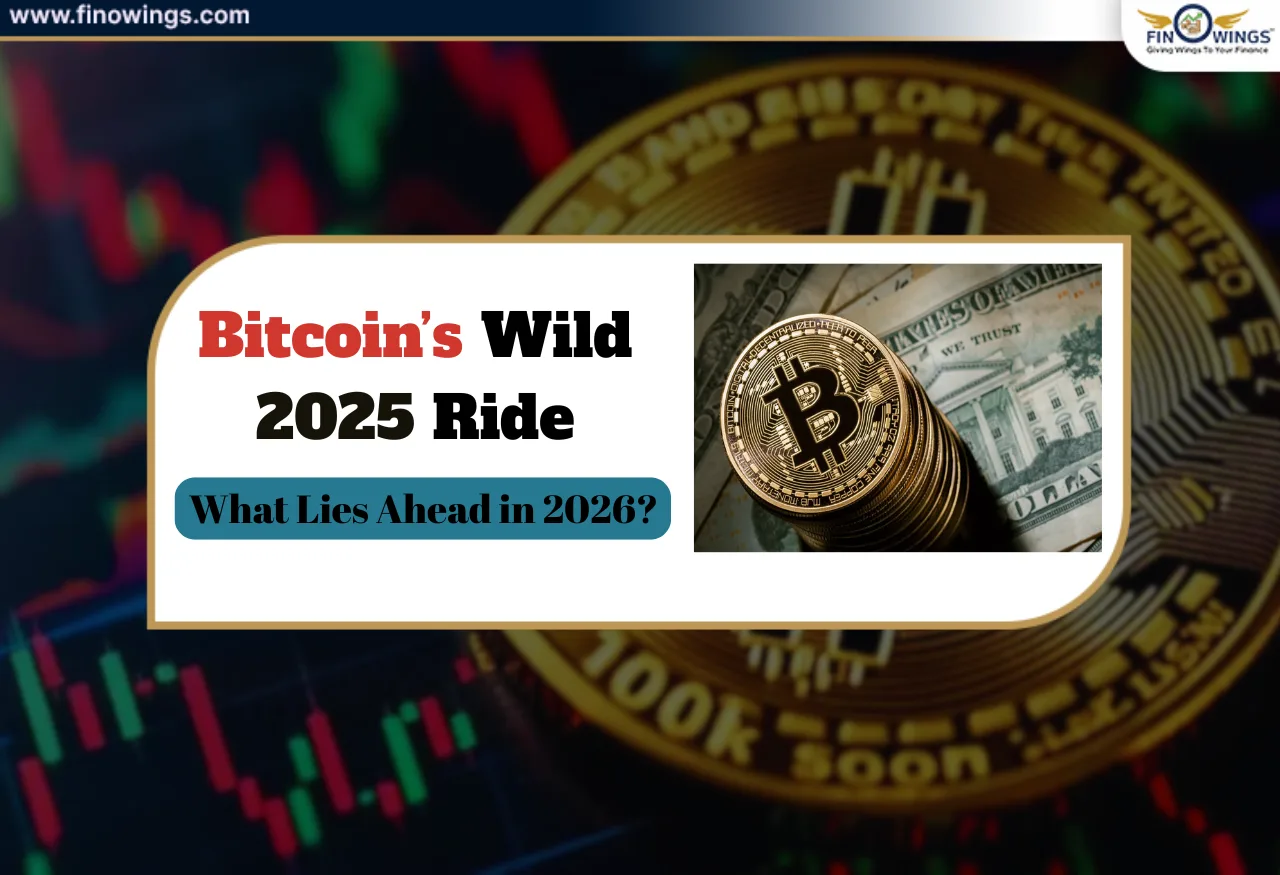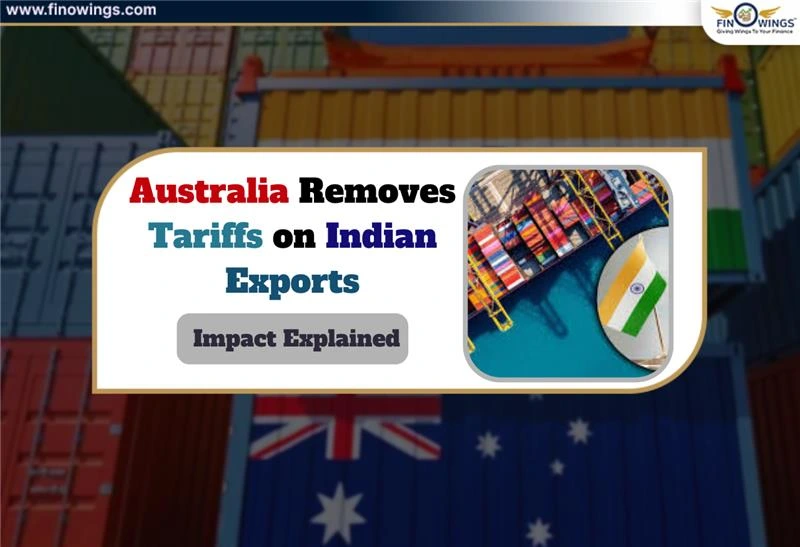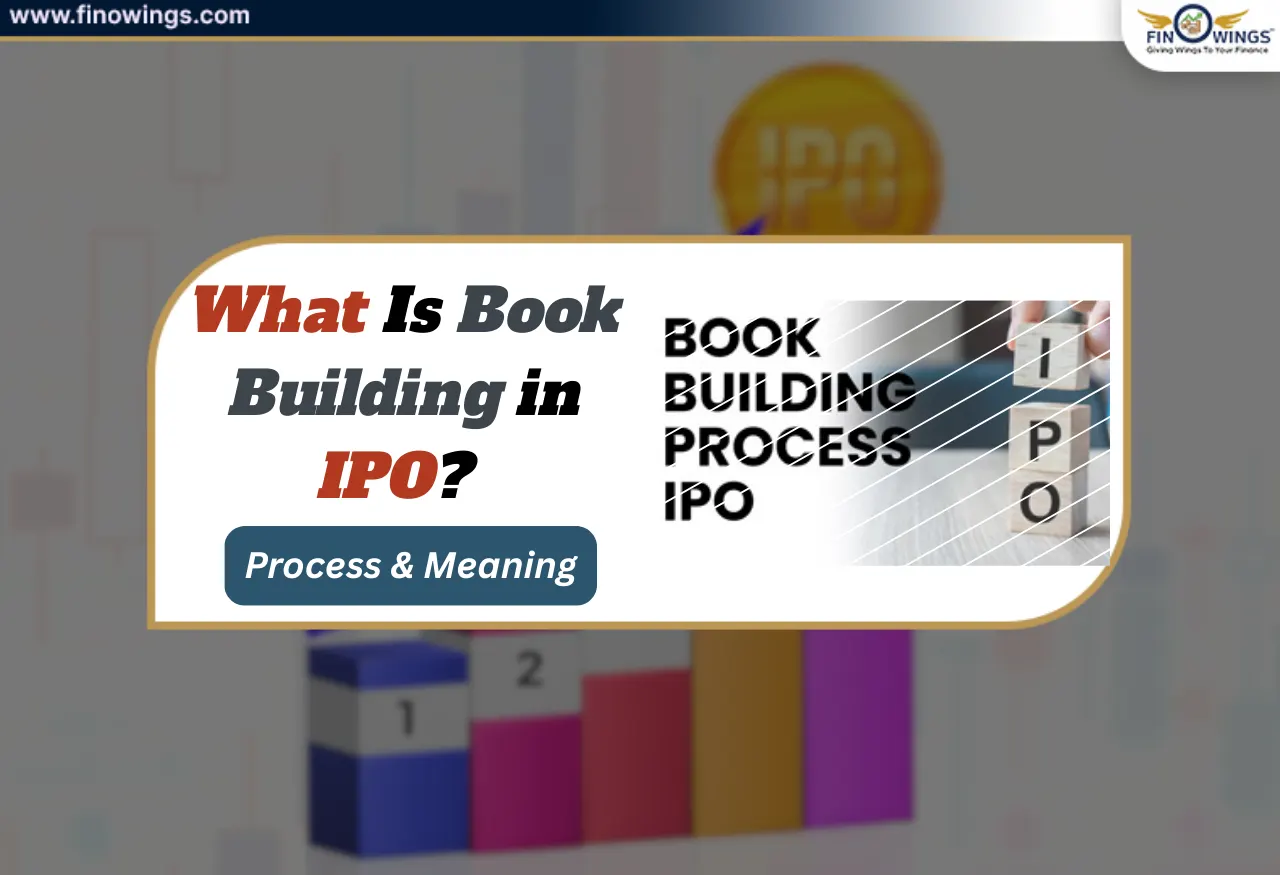Home >> Blog >> What is market equilibrium? Definition, Types, Supply & Demand
What is market equilibrium? Definition, Types, Supply & Demand
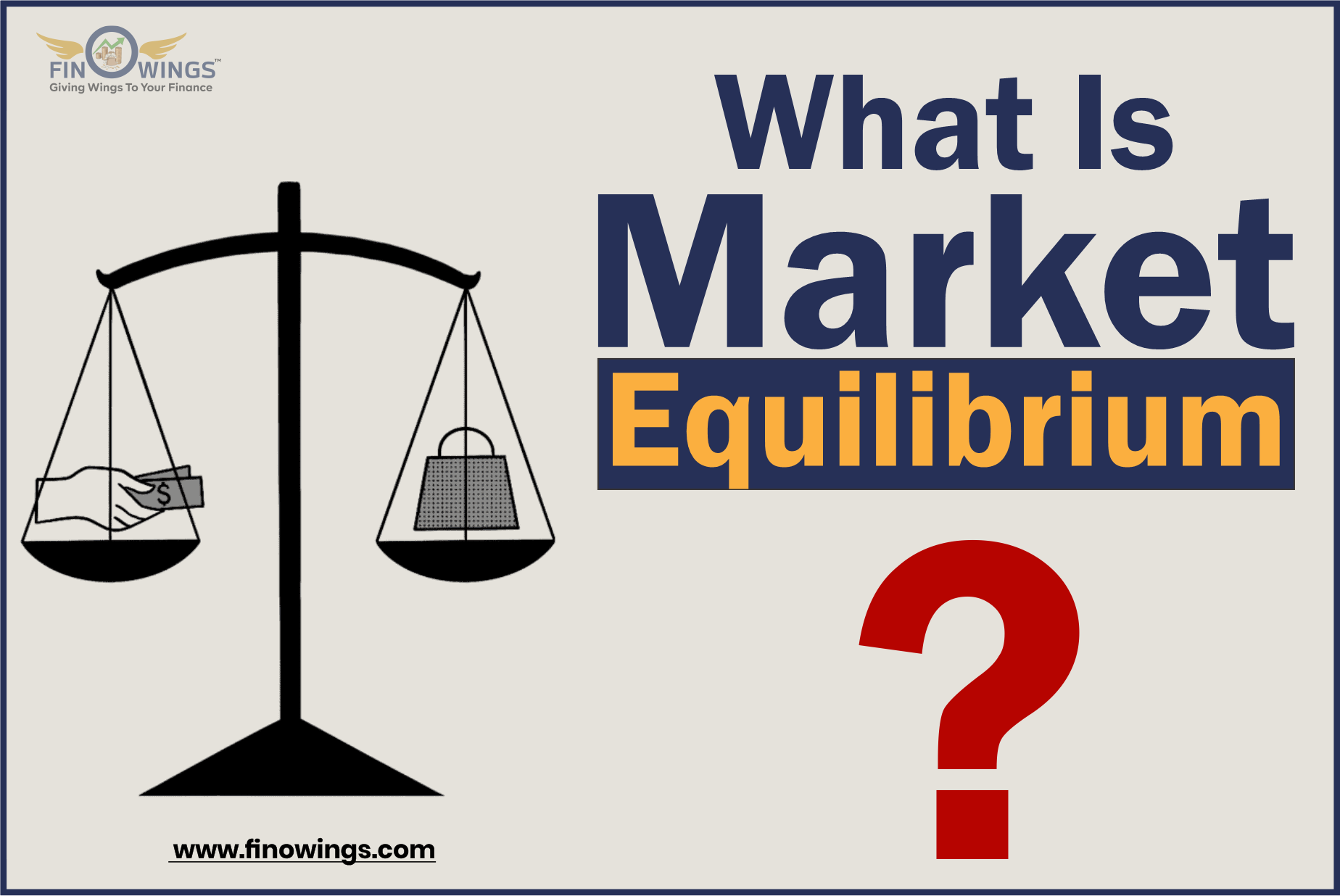
Table of Contents
Introduction
When the quantity demanded at the market price equals the amount provided, a market is said to be in balance. The price at which the quantity provided and demanded is equal is known as the equilibrium price. In a market, buyers and sellers deal with those who don't already possess the items but want to buy them.
What is Market Equilibrium?
The market will be in equilibrium when the quantity demanded equals the quantity supplied. In equilibrium, some buyers want to buy the goods but cannot find a seller, and sellers want to sell the goods but cannot find a buyer. This means that at the equilibrium price, sellers can sell exactly the quantity they want to sell at this price, and buyers can buy exactly the quantity they want to buy at this price.
We can easily find market equilibrium if we know the demand and supply in a specific market by looking for the price at which the quantity demanded equals the quantity supplied. Assume, for instance, that the market supply and demand for pencils are represented by the functions qS = 2p - 2 and qD = 10 - p, respectively. The quantity provided must match the quantity demanded, or qD = qS, in order for there to be equilibrium. This means that the quantity of pencils the sellers and purchasers desire to sell and buy must be equal. For the demand and supply function in our case, this means
10 - p = 2p - 2.
We only need to solve p now to find the equilibrium price, which equals p* = 4. Then, to find the corresponding quantity, we reintroduce the equilibrium price p* into the supply or demand function, yielding q* = 6. Thus, in our pencil market, the equilibrium price equals 4, and the quantity exchanged at this price equals 6 units.
This outcome is also depicted in the graph below. In a perfectly competitive market, market equilibrium corresponds to the point of intersection of the supply and demand curves. The quantity q of the good or service (in our case, pencils) is shown on the x-axis, and the price p is shown on the y-axis. The quantity demanded at each price is represented by the green line, which is the demand curve (the demand function is the same as in the example qD = 10 - p for the graph below). The supply curve (again from the prior example, qS = 2p - 2) and the amount delivered at each price are shown by the blue line. At the equilibrium price, p* = 4, the quantity requested equals the quantity provided (qD = qS = q* = 6).
The market equilibrium is also referred to as the competitive equilibrium since it depicts the distribution of commodities and services in a completely competitive market. When there are price takers in a competitive market, each firm loses zero since the equilibrium price (and hence marginal revenue) matches marginal costs. The basic presumption is that businesses will enter as long as they can turn a profit in a completely competitive market with no entry restrictions. The market price decreases as the number of businesses grow because customers are unwilling to purchase the extra amounts the new businesses offer. When profits are zero, enterprises are no longer motivated to enter the market. Therefore, profits are reduced until they are zero.
Excess demand and excess supply
Condition 1: If there is excess supply and lower demand in the market
The amount demanded and the quantity provided differ if the market price differs from the equilibrium price. Many sellers want to sell, but few buyers want to buy when the market price is too high (higher than the equilibrium price). This indicates excess supply or when the amount delivered exceeds the amount sought. Going back to our example, at price p = 6, sellers want 10 units, buyers want 4 units, and there are 6 units more on hand than they need (10 - 4).
What will happen in this market, then? There are a lot of sellers who want to sell at the $6 market price but are unable to do so. Some will begin reducing their pricing to sell more because selling pencils for 5 Euros is still preferable to selling nothing. Until the market price reaches 4, which is the equilibrium price, sellers will keep reducing their asking prices. Since they can sell the exact amount of units they want for $4, sellers have no reason to reduce their pricing further now.
Condition 2: If there is excess demand and lower supply in the market
Many buyers will be interested in purchasing the items if the market price is too low, but few vendors want to sell the goods. This indicates excess demand, a scenario with more demand than supply. If the market price, for instance, is equal to 2, this is what transpires in our case. The quantity sought at a price of two is eight, but the quantity given is only two. It is not profitable for the sellers to sell more than two units because the pricing is so low. Because no vendor is willing to sell to them at the market price, some customers who wish to purchase the product will be unable to do so. The sellers will therefore raise their prices until the market price reaches equilibrium since they know there is sufficient demand for their pencils. When the quantity of demand equals the quantity of supply, neither excess supply nor demand exists.
The dynamics of supply and demand cause prices to adjust and the market price to move toward the equilibrium price whenever a market is out of equilibrium, either because the market price is too high (excess supply) or too low (excess demand).
General Equilibrium Theory:
Because there are multiple markets—one for each item or service that individuals desire to trade—we ignored the fact that we were focusing on market equilibrium in a single market in the previous description. As a result, "partial equilibrium" is another name for the condition we described. According to general equilibrium theory, which takes into account how many markets interact, the economy as a whole tends to move toward equilibrium as a result of supply and demand pressures. The equilibrium of general equilibrium theory is also referred to as Walrasian equilibrium in honor of the French economist and mathematician Léon Walras (1834–1910), who was the first to examine and formally codify this idea.
Key points to be noted:
When we walk into a store, are the prices we see competitive equilibrium prices?
-
Not all markets are equally competitive (i.e., some companies or individuals have market power, and therefore the prices in these markets are not the prices we would expect to see in a perfectly competitive market).
-
Various factors affect the equilibrium price of a particular commodity or service. For instance, the price of related goods, i.e., complements and substitutes, the consumers' income, the producers' costs, tastes, expectations, etc. These elements regularly fluctuate over time and impact either the supply or demand function or sometimes both. The market prices of goods and services change as a result, and the prices we see in stores may be higher or lower than the equilibrium price. Because we know that the prices will eventually move towards the equilibrium price and that these instances of excess supply or demand are only temporary, we anticipate that the prices we see will fluctuate around the equilibrium price.
Conclusion:
The equilibrium price is the only price at which consumers' and producers' plans coincide—that is, the amount consumers want to buy the product, quantity demanded, equals the amount producers want to sell, quantity supplied. The equilibrium quantity is the name given to this common quantity. At any other price, the quantity demanded does not equal the quantity supplied, indicating that the market is not in equilibrium.
Equilibrium is a word that means "balance." There is no reason to depart if a market has reached its equilibrium price and quantity. Conversely, economic pressures emerge to move the market toward the equilibrium price and quantity if a market is not in equilibrium.

